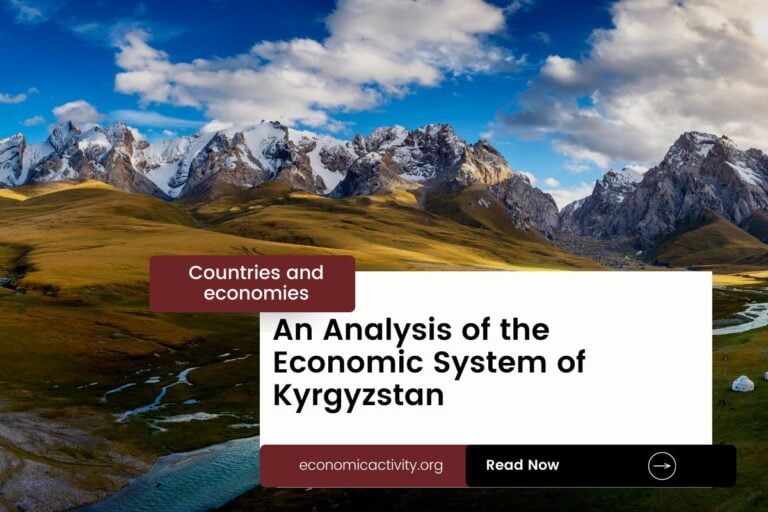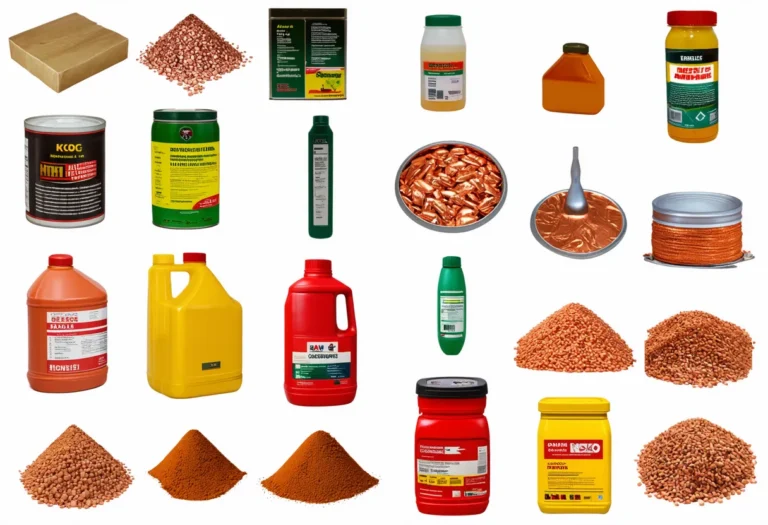Fiji, with a population of 929,766, is ranked 153rd in population size, just behind Djibouti. Located in the South Pacific Ocean, Fiji covers 18,270 square kilometers, ranking 145th in total area, slightly smaller than Slovenia.
Fiji’s economic position in 2022 showcases a GDP of $4,979,979,546.01, ranking it 155th globally. It falls behind Barbados, which has a GDP of $5,699,950,000. Fiji’s GDP per capita stands at $5,356.16, placing it at the 108th position worldwide. It lags behind Guatemala, with a GDP per capita of $5,473.21.
Despite its ranking, Fiji’s economy is steadily growing, with a focus on sectors like tourism, agriculture, and manufacturing driving its economic development. The government’s efforts to attract foreign investment and promote sustainable growth are key factors contributing to Fiji’s economic resilience.
What are the economic activities of Fiji?
- Primary activities: 13.5% of GDP.
- Secondary activities: 17.4% of GDP.
- Tertiary activities: 69.1% of GDP.

Primary Sector of Fiji
The primary sector in Fiji, dominated by agriculture, thrives due to its tropical climate and abundant natural resources. With 17.06% of the land dedicated to agriculture, Fiji produces a diverse range of products including sugarcane, cassava, taro, chicken, vegetables, coconuts, ginger, rice, milk, and sweet potatoes.
Despite contributing 13.5% to the GDP, agriculture plays a crucial role in the economy. The top ten agricultural products based on tonnage showcase the variety and significance of crops and animal products, highlighting the sector’s importance in sustaining livelihoods and food security in Fiji.
The country’s diverse geology provides abundant natural resources like timber, fish, gold, copper, offshore oil potential, and hydropower. These resources play a crucial role in the economy, driving industries such as forestry, fishing, mining, and energy production. The primary sector thrives on these resources, contributing significantly to the country’s economic growth and development.
Secondary Sector of Fiji
What is the secondary sector or what are secondary activities?
The secondary sector involves industries that transform raw materials from primary activities into finished products for consumption. In Fiji, the main industrial products include sugar processing, clothing manufacturing, copra production, gold and silver refining, and lumber processing. These industries play a crucial role in the country’s economy by adding value to raw materials and creating products for both domestic and international markets.
Manufactures in Fiji’s total exports are not significant, accounting for only 16.19% in 2023. This indicates a heavy reliance on other sectors for export revenue.
Tertiary sector of Fiji
What is the tertiary sector or what are tertiary activities?
The tertiary sector in Fiji encompasses a wide range of services where individuals provide knowledge and time to enhance productivity and meet various needs. This sector includes intangible goods such as advice, expertise, and attention, catering to both consumer and business-to-business services. Key tertiary activities in Fiji are healthcare and medical care, education and training, banking and finance, tourism and hospitality, transportation and logistics, and telecommunications. These services play a crucial role in the country’s economic development and social well-being.
In particular, Fiji’s economy heavily relies on tourism, contributing significantly to its GDP. With 969,000 annual arrivals, exceeding its population, this industry is vital. Popular destinations like the Mamanuca Islands and Coral Coast attract visitors with their pristine beaches and vibrant culture, making tourism a crucial economic pillar for Fiji.
Another example of tertiary economic activity is the mobile cellular sector, with approximately 992,000 subscriptions, supporting technological growth. With 107 subscriptions per 100 inhabitants, it enhances connectivity and fosters innovation.
Military Activities and Economic Sectors of Fiji
The military is a great example of different economic activities working together. In the primary sector, resources are extracted for military use, like metals for weapons. The secondary sector includes the manufacturing of military equipment, such as vehicles and weapons. The tertiary sector provides services, like training and logistics. The quaternary sector focuses on research and development, while the quinary sector involves high-level decision making and strategy.
In Fiji, the military has an annual expenditure of $72.5 million. This spending is about 1.40% of the country’s GDP. The active military force consists of 3,500 personnel, which means there are about 10.3 active military members for every 1,000 people in the country.
International Trade of Fiji
Import Activities of Fiji

Fiji’s high import activities, accounting for 69.19% of GDP, highlight its reliance on foreign goods for economic growth and development.
Fiji’s import activities are diverse, with key partners like Singapore, China, Australia, NZ, and South Korea. They import refined petroleum, plastic products, plastics, wheat, and garments.
Exports Activities of Fiji

Fiji’s export activities are of high importance, accounting for 48.07% of its GDP in 2023, totaling $1.07 billion. This demonstrates a significant reliance on exports for economic growth and stability.
Fiji’s export activities are diverse, with water, fish, refined petroleum, wood, and garments being key commodities. The country’s top export partners are the US (39%), Australia (11%), Tonga (5%), New Zealand (5%), and China (4%).
Fiji economy challenges in 2024
Fiji faces challenges in 2024 due to rising sea levels, limited workforce, and reliance on tourism. Despite improved debt standing, the country needs key investments in energy and infrastructure to support post-pandemic tourism growth.




Leave a Reply